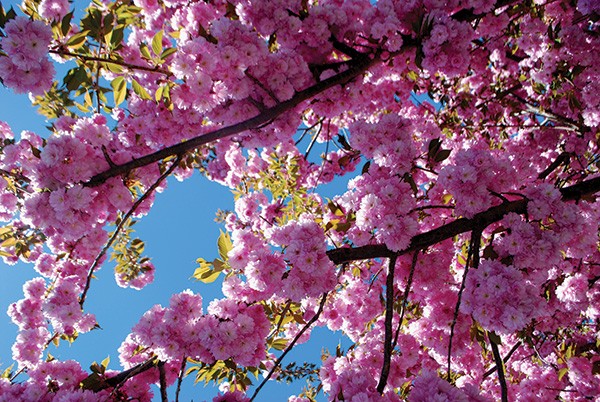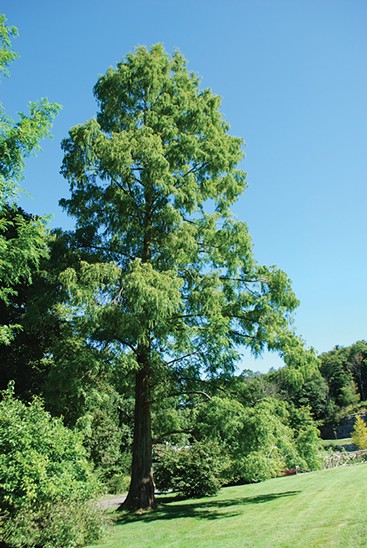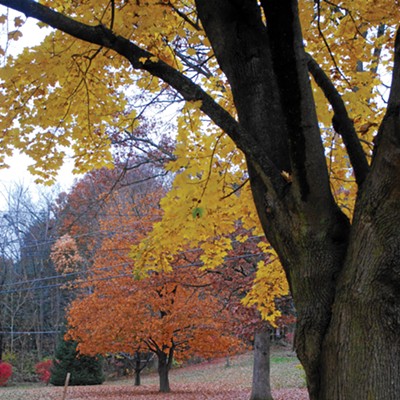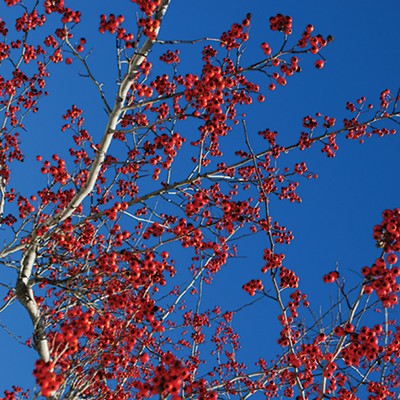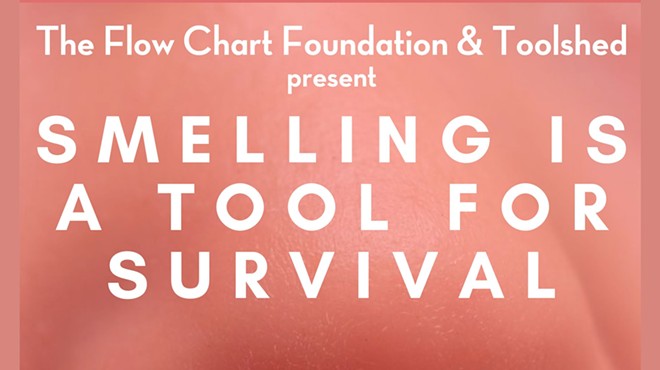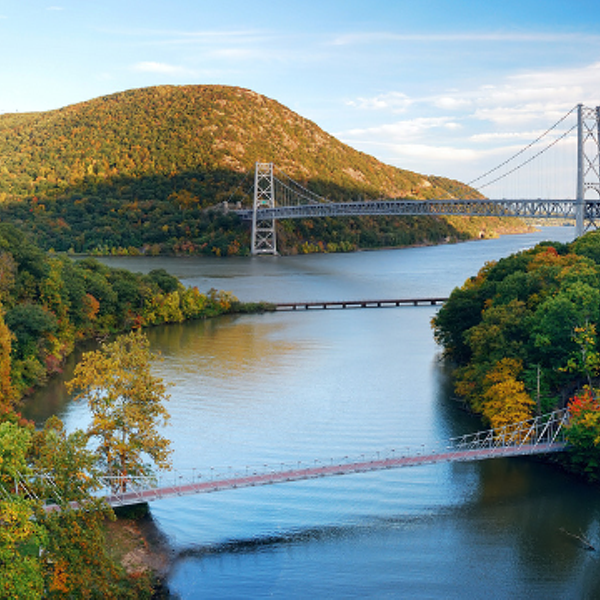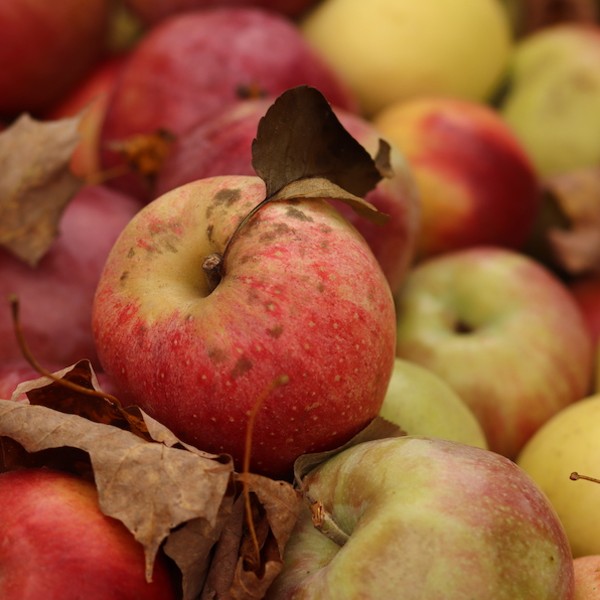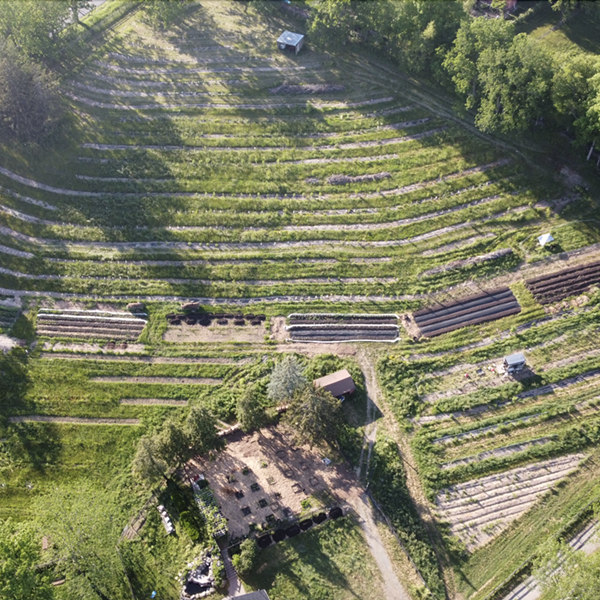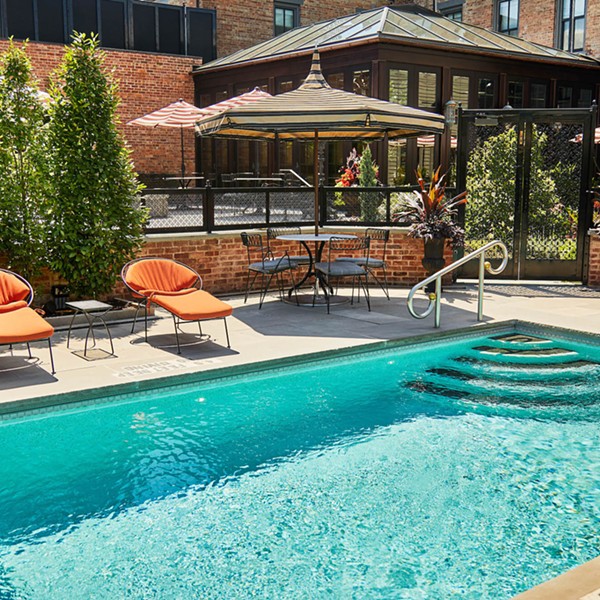In Part I, we saw how urban stresses on trees, while particularly grievous along city streets, are present to varying degrees in our home landscapes, too. Urban foresters assess the site on which they intend to plant, identify its challenges and opportunities, and then select trees with the site conditions in mind. Fortunately, this process of finding "the right tree for the right place" is the same for homeowners and community volunteers as it is for urban foresters. We just need a framework to help us think like the professionals do.
Getting Started
The best guide to site assessment and tree selection is provided by Cornell's Urban Horticulture Institute and is called "Recommended Urban Trees" (RUT). It is available for free at Hort.cornell.edu/uhi. Within RUT is a terrific "Site Assessment Checklist" with detailed notes on how to complete it.
The process of site assessment has you consider things like sun and shade exposure, USDA Hardiness Zone (see "Resources" to find yours), microclimates (for instance, the south side of your house versus the north), soil texture, pH, and drainage. This is a useful process for considering all types of plant material, by the way—not just trees.
The checklist in RUT includes visual assessment of existing plants—both cultivated and wild. Noting what's growing well—and what's not—will give you insights into the site conditions. For instance, if rhododendrons, azaleas, and/or mountain laurels all have lustrous dark green leaves and other signs of vigor, your soil is probably acidic to some degree. But if they are consistently showing pale yellow leaves, your soil may be alkaline.
This is a very thorough checklist. Will you fill out every box for every situation? No. But using the checklist gets you in the habit of thinking systematically about your site, and then you can engage in some informed plant-site matching. RUT is a great resource for any homeowner who has site challenges (i.e., every homeowner!) It includes profiles of more than 90 tough trees and dozens of cultivars of those trees.
(A reminder: Cultivars are "cultivated varieties" selected or bred for ornamental qualities or the ability to withstand certain stresses and are indicated by single quotes around their names. So if a plant breeder wanted to name a new maple cultivar after this magazine, it would be known as the 'Chronogram' maple.)
Sample Scenarios
This is a matching game. What are the site opportunities and restraints? What kind of tree would you like to have? Which one will satiate your need for beauty but also perhaps fulfill practical functions like privacy/screening, habitat for wildlife, or shading your house? Do the site assessment results look favorable for your intended tree, or do you need to consider a different tree?
Scenario A
You live in USDA Hardiness Zone 5b.
Your soil is a desirable clay loam, easy to dig, and drains well, but you can tell by the kinds of plants growing wild there (or by doing a pH test) that you have a higher-than-average pH.
You have a spot in full sun where you'd like to plant a shade tree that will make your backyard more hospitable in summer.
There are no overhead wires or underground utilities in the vicinity.
You would like something that is drought tolerant, because the spot you have in mind gets dry and is far enough from the house that you don't realistically see yourself dragging hoses out there. (You'll have to water it in the first few critical years, though, until the tree gets established).
You want something with striking fall color.
A good match: RUT has a Small Tree section and a Medium-to-Large Tree section. For shade trees, we're looking at the latter. RUT shows red maples that make great shade trees and have beautiful fall color, but maples are not especially drought tolerant. Oaks are marvelous shade trees but don't tend to have showy fall color.
But then we spy the ginkgo tree! It can take "prolonged periods of dry soil," is sufficiently hardy (to Zone 4b), does fine with high pH, and there are male cultivars, like 'Autumn Gold,' with excellent golden yellow fall color. (The "male cultivar" part is important because female ginkgos bear fruits that most people find offensive smelling).







